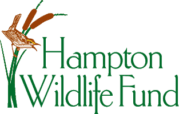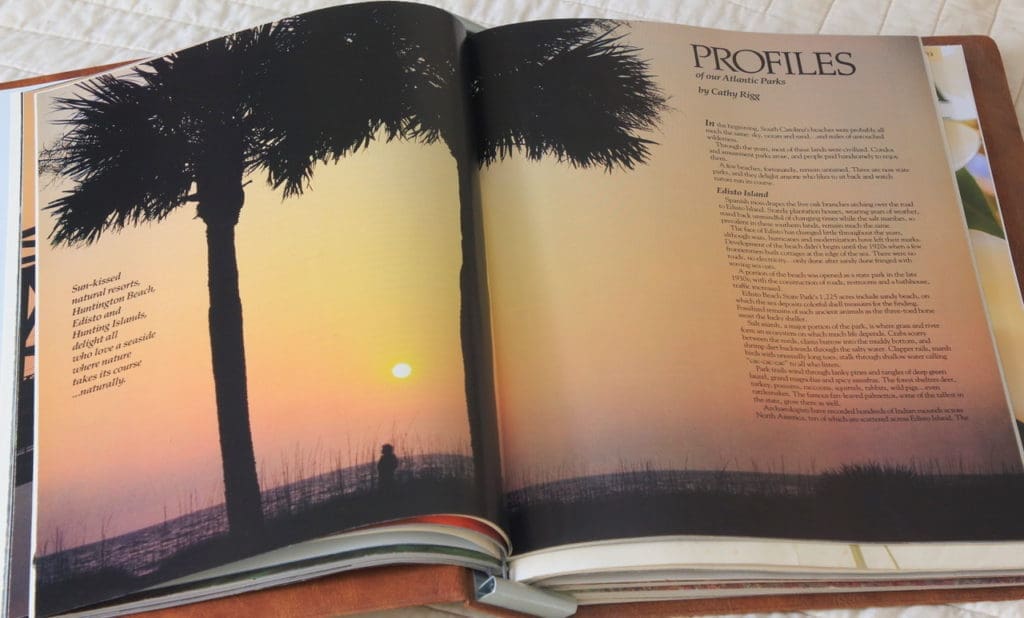I stumbled across an old magazine feature of mine and it made me recall stops I’d made along that long, winding road called “Career.” Some memories were good; some not so great. Let’s be honest. Is there anyplace more artificial than fluorescent-lit cube farm workplaces? You put in eight hours, maybe, and call it a day. You put in your forty hours, maybe, and call it a week. You go through team-building nonsense and do the bidding of the suits and all seems well. Then come Friday afternoon, you hightail it out of there. Monday morning, the cycle begins anew.
Another truth. Is there anything more temporary than workplace friends? You work together, go to lunch together, and socialize after work and sometimes weekends, but how long do you remain friends when you no longer work together? Invariably the bonds of friendship weaken, then break. I’ve seen it happen and so have you. Seems to me what keeps workplace colleagues friends is a sense of purpose. A lot of folks work to collect a check, but some see their work as a mission. Some of you will disagree, but it could be you work or worked in a place that added meaning to your life. Consider yourself fortunate.
I’ve worked for employers whose subject matter was abysmally lifeless, but I worked for one employer where the work hummed with life, and that brings me to my time as a writer of all things natural. At the South Carolina Department of Natural Resources I made friends that have lasted throughout my life. They have lasted because of what we share. The work I did there stayed with me and today I still write for South Carolina Wildlife magazine and I follow the work of its associate, The Harry Hampton Wildlife Fund.

Jim Goller, executive director of the HHWF and I have been friends for over forty years. Robert Clark and I met at DNR and we have been friends for over forty years as well. The three of us, besides being friends, share a love for natural resources, outdoor recreation, and the sheer beauty of the natural world. All three of us at one time worked together for South Carolina Wildlife magazine, which will mark its 70th anniversary in 2024. Our friendship, you could say, came naturally.
Since 1954 South Carolina Wildlife has fostered a love for outdoor treasures. The magazine continues to give readers a close look at the natural world—from the ivorybill woodpecker to pitcher plants and barrier islands, cove forests, lightning bugs, striped bass, saltwater fishing, whitetail, and more.
The Harry Hampton Wildlife Fund provides scholarships for young people interested in careers in natural resources, where I’m sure they will make like-minded friends for life as well. The HHWF supports DNR projects such as Marine Education and programs and projects including fish stocking and tagging and the South Carolina Governor’s Cup Billfishing Series and much more. It helps put people in the great outdoors and helps keep South Carolina’s outdoors great.
Work isn’t always work. A day afield in a Carolina bay, on a bay, river, or lake or in deep woods is a joy. You put in as many hours as you can before the setting sun calls it a day. A week writing about such places often exceeds forty hours, but so what. There is no such thing as the workweek. You work each day except it isn’t work when you love what you do. How can anyone not love a career working with all things natural.
Other careers where you never get outside? Well, someone’s got to do it, and I suspect the friends they make there won’t last over the long haul. You can’t spell friend without e-n-d. A career devoted to wildlife, however, does indeed make for a better life. I’m fortunate to write about nature and I’m fortunate to count men like Robert Clark and Jim Goller as lifelong friends. A sense of purpose keeps us going.



